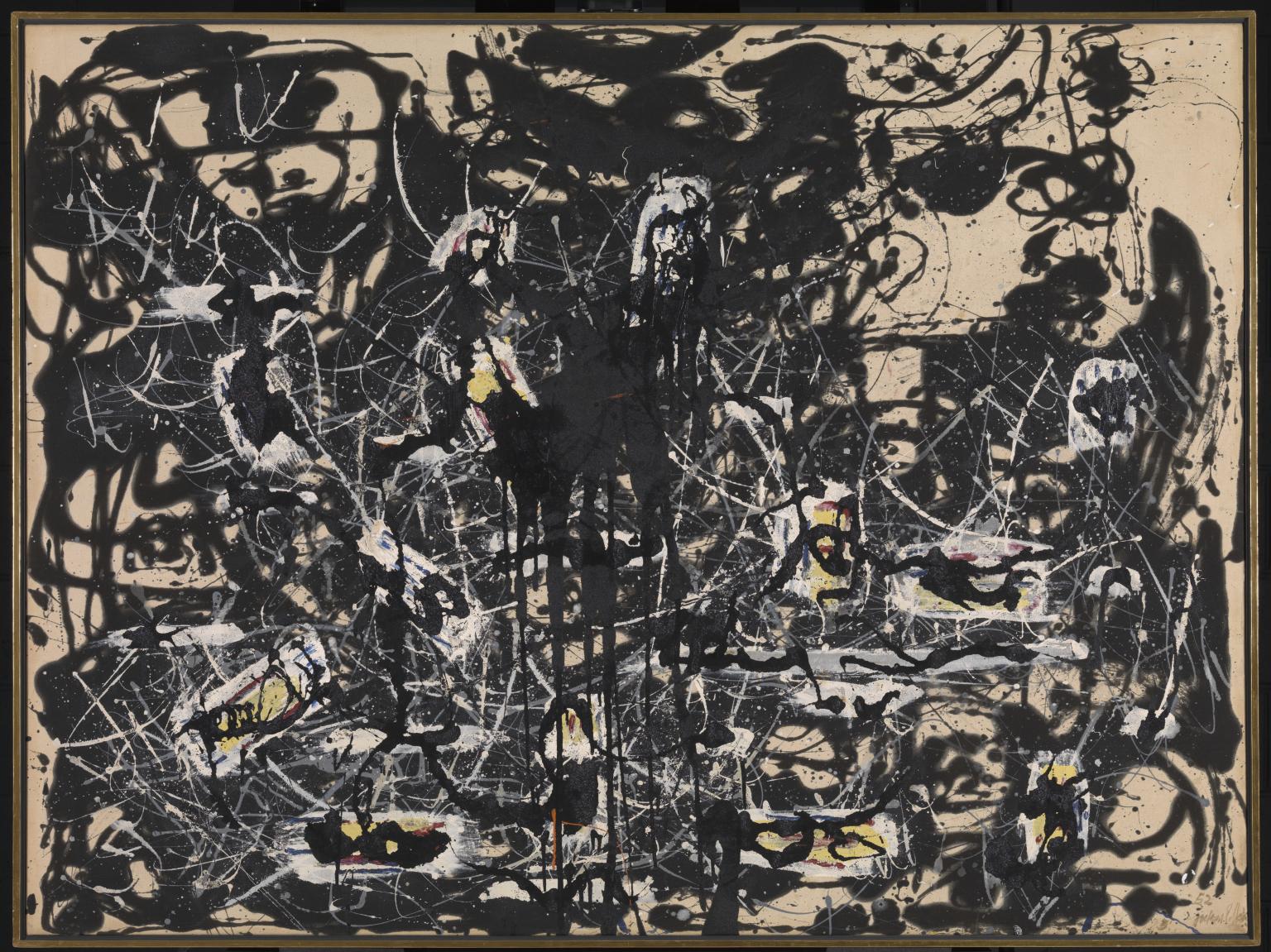Authenticity is something of a hot-button issue for the creative world. For many creative enterprising individuals, the work they endeavour to put out into the world is what sustains them financially, so attempts to appropriate another’s art for the purpose of personal gain are widely reviled. If something is authentic it is simply not fake or fraudulent but now thanks to the internet, art is more visible to all than ever so it’s difficult to pass existing artwork or designs off as authentic without being called into question by the community.
The more divisive counterpart to authenticity is originality. I believe the debate over what constitutes harmless inspiration or unfair appropriation is what remains more pervasive and significant in my time. This can lead to the question ‘is it possible to be truly authentic?’ or original for that matter. As designers we actively seek historical and contemporary sources of inspiration through research in order to learn to be design more effectively and create more interesting things. One can decide whether or not they want to borrow any kind of idea from past work they’ve seen and alter it enough to make it their own new thing. What is not decided is how knowledge attained and visuals experienced influences our ideas without us even knowing. True authenticity must be consciously strived for as it was by many modernist artists in the 20th century through the rejection of strict normality. Even today there are still boundaries to push and conventions to test and modernism remains a school of thought that artists can subscribe to in order to strive for authenticity.

Yellow Islands 1952 Jackson Pollock 1912-1956 Presented by the Friends of the Tate Gallery (purchased out of funds provided by Mr and Mrs H.J. Heinz II and H.J. Heinz Co. Ltd) 1961 http://www.tate.org.uk/art/work/T00436
